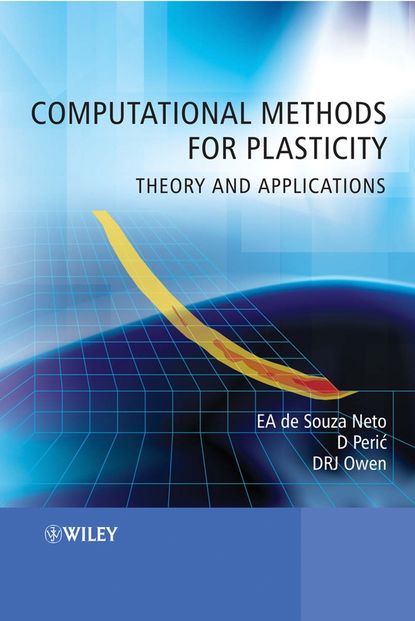
Computational Methods for Plasticity скачать fb2
Eduardo A. de Souza Neto - Computational Methods for Plasticity краткое содержание
The subject of computational plasticity encapsulates the numerical methods used for the finite element simulation of the behaviour of a wide range of engineering materials considered to be plastic – i.e. those that undergo a permanent change of shape in response to an applied force. Computational Methods for Plasticity: Theory and Applications describes the theory of the associated numerical methods for the simulation of a wide range of plastic engineering materials; from the simplest infinitesimal plasticity theory to more complex damage mechanics and finite strain crystal plasticity models. It is split into three parts – basic concepts, small strains and large strains. Beginning with elementary theory and progressing to advanced, complex theory and computer implementation, it is suitable for use at both introductory and advanced levels. The book: Offers a self-contained text that allows the reader to learn computational plasticity theory and its implementation from one volume. Includes many numerical examples that illustrate the application of the methodologies described. Provides introductory material on related disciplines and procedures such as tensor analysis, continuum mechanics and finite elements for non-linear solid mechanics. Is accompanied by purpose-developed finite element software that illustrates many of the techniques discussed in the text, downloadable from the book’s companion website. This comprehensive text will appeal to postgraduate and graduate students of civil, mechanical, aerospace and materials engineering as well as applied mathematics and courses with computational mechanics components. It will also be of interest to research engineers, scientists and software developers working in the field of computational solid mechanics.
Скачать книгу «Computational Methods for Plasticity» Eduardo A. de Souza Neto
Чтобы оставить свою оценку и/или комментарий, Вам нужно войти под своей учетной записью или зарегистрироваться



